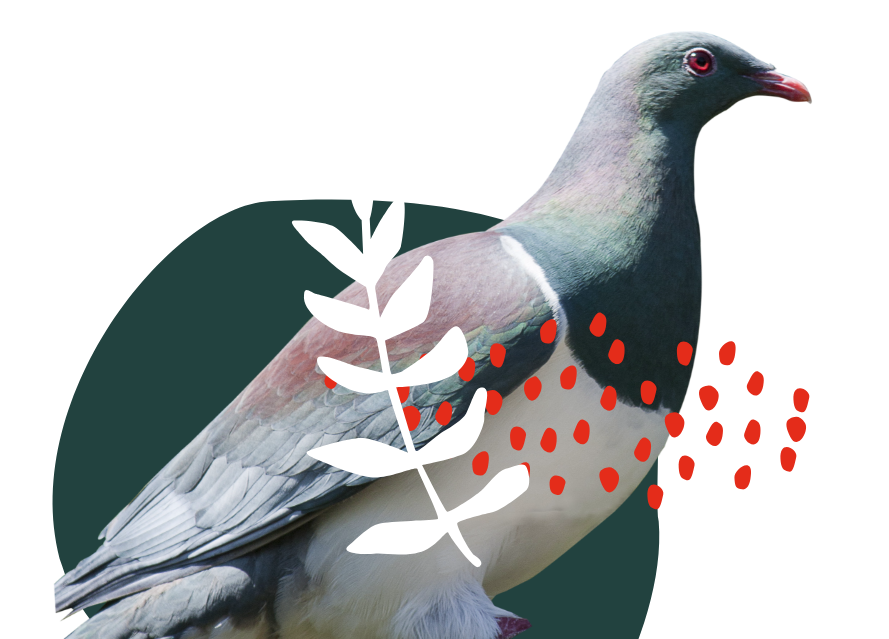For one backyard trap set-up you will need:
- A rat trap
- A mouse trap (if you are wanting to target this species too)
- A trap box
- Bait (see below)
Setting your rat trap
Place your trap box along a wall, fence, beside a bank, under some vegetation, beside the compost bin, or wherever you think looks ‘ratty’. During winter, you may also have luck placing a trap under your house. Rodents generally do not like to move across open areas, like lawns. Instead, they stay close to vegetation, buildings or other structures.
Place a small amount of bait on the appropriate part of the trap (this may differ depending on the trap design, but the location of where the bait goes will be obvious).
Set the trap and slide it in to the box. If using a mouse and rat trap in the same box, slide the rat trap in first.
Make sure the kill zone of the trap is facing the entrance of the box (i.e. not the end you have inserted the trap into). Keep the trap(s) as close to the back of the box as possible. This will mean that the pest will be more effectively captured, and reduces the risk of curious birds or pets interfering with them.
Check the trap(s) every week or so and refresh the bait if needed. Trap checks can be longer apart when capture rates decline, but be aware that some baits (e.g. peanut butter) will go mouldy after 1-2 weeks.
Please do not touch dead rodents when clearing your traps as they may carry diseases. Wear gloves and wash your hands after.
Bait for Rat Traps
The ‘best’ bait for rodents is a hotly debated subject and it seems everyone has a favourite type. Therefore, please treat our recommendations as such!
Peanut butter. Ol’ faithful! This bait type has been used in traps since the year dot and won’t let you down. Beware though – peanut butter will go mouldy after 1-2 weeks, depending on the weather… so check regularly and refresh when needed.
Chocolate Chips. It seems sacrilege to waste good chocolate on a rodent, however, there are some advantages. Firstly, rats love it! Secondly, chocolate won’t go mouldy very fast, so if you can’t commit to regular checks, chocolate could be a good option. P.S. The Bream Head Conservation Trust swear by white chocolate drops FYI.
Other stuff! Research out of Victoria University has found that cheese, Nutella and walnuts are all acceptable to wild rats.
Offer a ‘taster’
Put a bit of bait at the entrance to the trap box. Going into a trap box is probably a bit scary to a wild rodent. They may have a nibble of some bait at the entrance, decide it is not too bad, and go in for a bit more (SNAP!). Alternately, they may take the taster back to their nest and then decide to go back for more (SNAP!).
Why use a trap box?
Trap boxes will stop rain hitting your traps, which will lengthen the life of the trap and stop it from being triggered during downpours. It will also improve catch rates as they force the rodent to engage with the trap from the front. Finally, trap boxes protect non-target species, like birds and pets.



